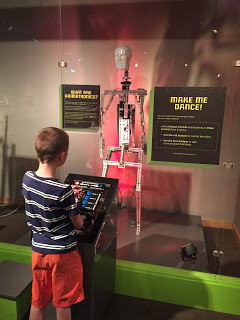Mabon First Snow Moon
Friend Tom Crane sent me a package the other day. It had the familiar Amazon prime tape across it, so I didn’t check the sender. I just opened it. The first thing I saw was a blue nalgene water bottle. Filled with water. What? I ordered water from Amazon?
It was a heavy package for its size, 10# was written on the front. In bubble wrap I found two large chunks of rock, samples Tom had collected near Carleton Peak, east of the Temperance River. It’s anorthosite, he says in the accompanying note, which also identified the water as Lake Superior water.
Knowing me well, he said I’d look up anorthosite. Here’s the first thing I found:
Anorthosite /ænˈɔrθəsaɪt/ is a phaneritic, intrusive igneous rock characterized by a predominance of plagioclase feldspar (90–100%), and a minimal mafic component (0–10%). Pyroxene, ilmenite, magnetite, and olivine are the mafic minerals most commonly present.
Who needs to go further after a description like that?
Phaneritic means it has large, identifiable matrix grains. “This texture forms by the slow cooling of magma deep underground in the plutonic environment.” wiki
“Mafic is an adjective describing a silicate mineral or rock that is rich in magnesium and iron, and hence is a contraction of “magnesium” and “ferric”. Most mafic minerals are dark in color, and common rock-forming mafic minerals include olivine, pyroxene, amphibole, and biotite.” wiki
“The Plagioclase series is a group of related feldspar minerals that essentially have the same formula but vary in their percentage of sodium and calcium.” www.minerals.net
The most interesting thing I learned while looking up Anorthosite is that the highlands of the moon seem to be anorthosite, too. So the ancient Sawtooths, volcanoes of the midcontinent rift which pulled the North American landmass apart in precambrian times, created rock similar to that found on the moon.

It’s odd to consider but mountain ranges like the Sawtooths and the Appalachians, ground down by millions, even a billion, years of erosion, were once like the relatively young Rocky Mountains. So here on Shadow Mountain we are in, or rather on, a recent geological event compared to the precambrian era of the Sawtooths. In the Precambrian era life evolved and during its entire millions of years there were only animals with no hard parts.
To walk the shore of Lake Superior, in other words, is to walk on a truly ancient landform. The Canadian Shield, which exposes some of oldest rock on earth, underlies much of Minnesota, from the oldest deposits, gneiss in the Minnesota River Valley like near Morton, to the Ely greenstone found in the town of Ely.
On Shadow Mountain, by contrast, we live on evidence of the Laramide orogeny, (mountain building), only 85-55 million years ago.

